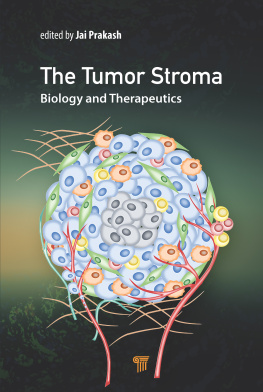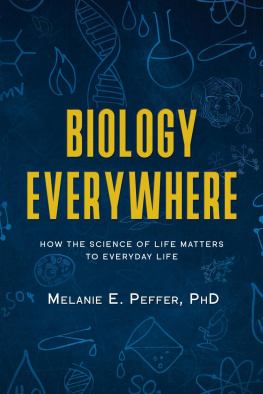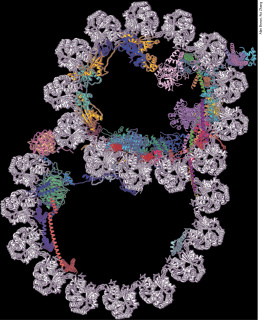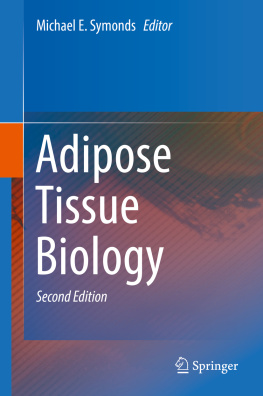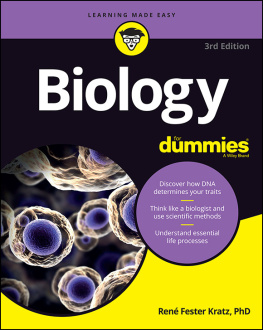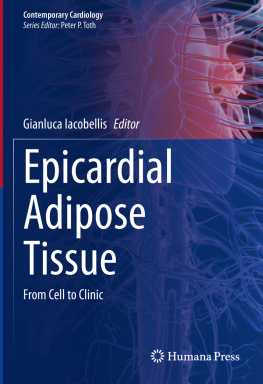Waisted

Great Clarendon Street, Oxford, OX2 6DP,
United Kingdom
Oxford University Press is a department of the University of Oxford. It furthers the Universitys objective of excellence in research, scholarship, and education by publishing worldwide. Oxford is a registered trade mark of Oxford University Press in the UK and in certain other countries
Oxford University Press 2022
The moral rights of the author have been asserted
First Edition published in 2022
Impression: 1
All rights reserved. No part of this publication may be reproduced, stored in a retrieval system, or transmitted, in any form or by any means, without the prior permission in writing of Oxford University Press, or as expressly permitted by law, by licence or under terms agreed with the appropriate reprographics rights organization. Enquiries concerning reproduction outside the scope of the above should be sent to the Rights Department, Oxford University Press, at the address above
You must not circulate this work in any other form and you must impose this same condition on any acquirer
Published in the United States of America by Oxford University Press
198 Madison Avenue, New York, NY 10016, United States of America
British Library Cataloguing in Publication Data
Data available
Library of Congress Control Number: 2021944588
ISBN 9780198865278
eISBN 9780192634573
DOI: 10.1093/med/9780198865278.001.0001
Oxford University Press makes no representation, express or implied, that the drug dosages in this book are correct. Readers must therefore always check the product information and clinical procedures with the most up-to-date published product information and data sheets provided by the manufacturers and the most recent codes of conduct and safety regulations. The authors and the publishers do not accept responsibility or legal liability for any errors in the text or for the misuse or misapplication of material in this work. Except where otherwise stated, drug dosages and recommendations are for the non-pregnant adult who is not breast-feeding
Links to third party websites are provided by Oxford in good faith and for information only. Oxford disclaims any responsibility for the materials contained in any third party website referenced in this work.
For Meredith,
For always being there for me
Acknowledgements
Many people played an instrumental role in making this book possible, although not everyone may be aware of their contribution. First, I wish to thank Professor Fredrik Karpe for sharing his inspiring fascination with and knowledge of adipose tissue as it opened my eyes to a biological world to which I had previously little exposure. Those formative years spent in the laboratory for my postgraduate studies with him, Dr Katherine Pinnick, and the many, many brilliant people at the Oxford Centre for Diabetes, Endocrinology, and Metabolism laid the groundwork for this book.
I would like to thank my undergraduate mentors, Dr Richard Boyd, Dr Paul Dennis, Professor William James, and Dr Piers Nye who provided a wonderful, unique learning environment that cultivated a life-long scientific curiosity. I also appreciate the words of encouragement from Professor Russell Foster and Professor Frances Ashcroft to pursue this project and whose science communication efforts act as great sources of inspiration. I also wish to thank my parents, Sue and George, for their support during this substantial task. Finally, I want to thank Meredith, my wonderful wife, for her tireless cheerleading, unending patience, and insightful feedback on multiple drafts.
Contents
| -MSH | alpha-melanocyte-stimulating hormone |
| AgRP | agouti-related protein |
| ATP | adenosine triphosphate |
| BIA | bioelectrical impedance analysis |
| BMD | bone mineral density |
| BMI | body mass index |
| CGL1 | congenital generalized lipodystrophy type 1 |
| CGL2 | congenital generalized lipodystrophy type 2 |
| CT | computed tomography |
| DNL | de novo lipogenesis |
| DNP | 2,4-dinitrophenol |
| DXA | dual-energy X-ray absorptiometry |
| ER | oestrogen receptor |
| FH | familial hypercholesterolaemia |
| fMRI | functional MRI |
| FPLD | familial partial lipodystrophy of the Dunnigan variety |
| GWAS | genome-wide association studies |
| HDL | high-density lipoproteins |
| HIIT | high-intensity interval training |
| HRT | hormone replacement therapy |
| HSL | hormone sensitive lipase |
| LDL | low-density lipoproteins |
| LPL | lipoprotein lipase |
| MCRs | melanocortin receptors |
| MDP | mandibular dysplasia with deafness and progeroid features syndrome |
| MHO | metabolically healthy obesity |
| MRI | magnetic resonance imaging |
| NAFLD | non-alcoholic fatty liver disease |
| PCOS | polycystic ovary syndrome |
| PET | positron emission tomography |
| PPARG | peroxisome proliferator-activated receptor gamma |
| SVF | stromovascular fraction |
| TAG | triacylglycerol |
| TZDs | thiazolidinediones |
| UCP-1 | uncoupling protein 1 |
| VLDL | very low-density lipoproteins |
| WHO | World Health Organization |
| WHR | waist-hip ratio |
Fat, and its associated negative health consequences, garners significant media attention and is a frequent topic of conversation with our doctors, partners, children, friends, and colleagues. The frequency and intensity of such discussions has only grown in recent decades in tandem with the substantial increase in obesity over a breathtakingly short period of time. The global prevalence of adult and childhood obesity has nearly tripled since 1975 and shows little sign of slowing. Major contributing factors in this growing crisis include our increasingly sedentary lifestyles and changing dietary habits, aided in large part by ineffective preventative policies, increasingly industrialized food manufacturing practices, and unhelpful social attitudes and norms. With the global obesity crisis unfolding before our very eyes, wreaking ever-increasing amounts of havoc on individuals, communities, healthcare systems, and economies, now, more than ever, is the time to understand what fat is, what it does, and why.
The current prevalence of overweight and obesity around the world is staggering. In their most recent statistics,
Being overweight or obese puts an immense strain on ones body and can accelerate the path to ill health or an untimely demise. What is not so clear, however, is whether obesity itself is a disease; has anyone died as a direct result of being obese? This heated debate boiled over in 2013, when the American Medical Association moved to classify obesity as a disease, However, not all overweight or obese people get diabetes, and not all people with diabetes are overweight or obese. This curious situation is an example of the fact that


